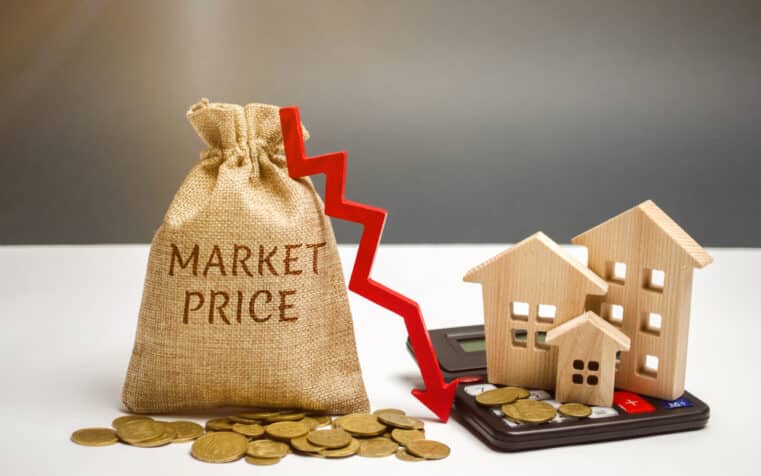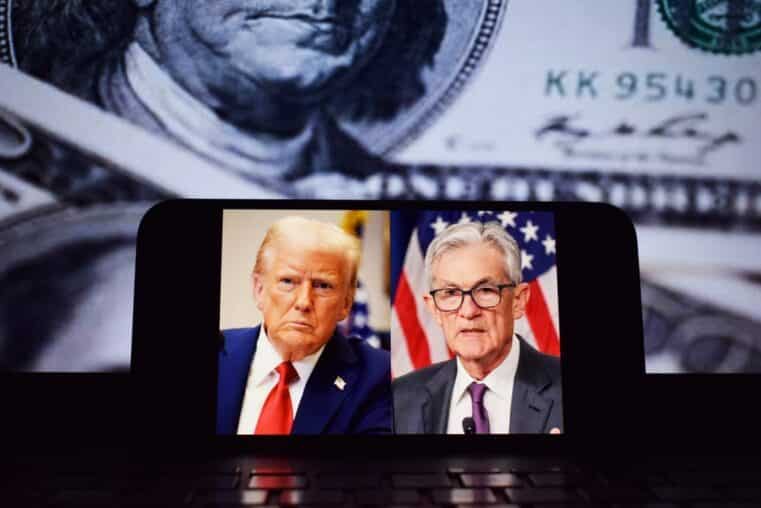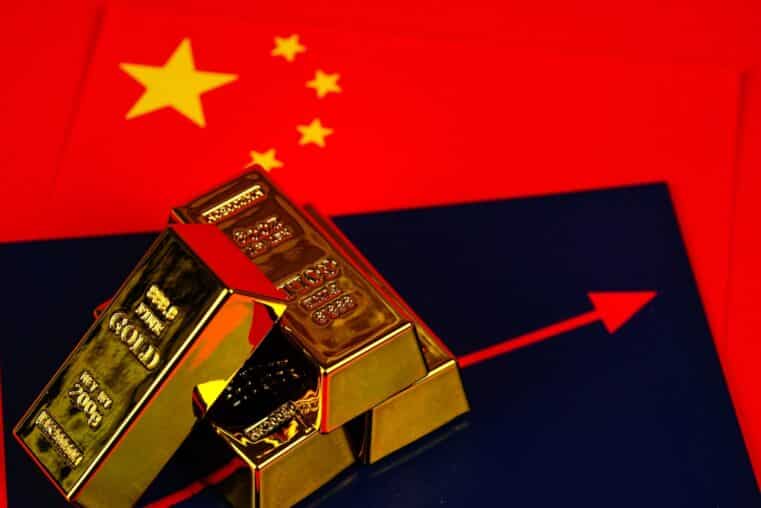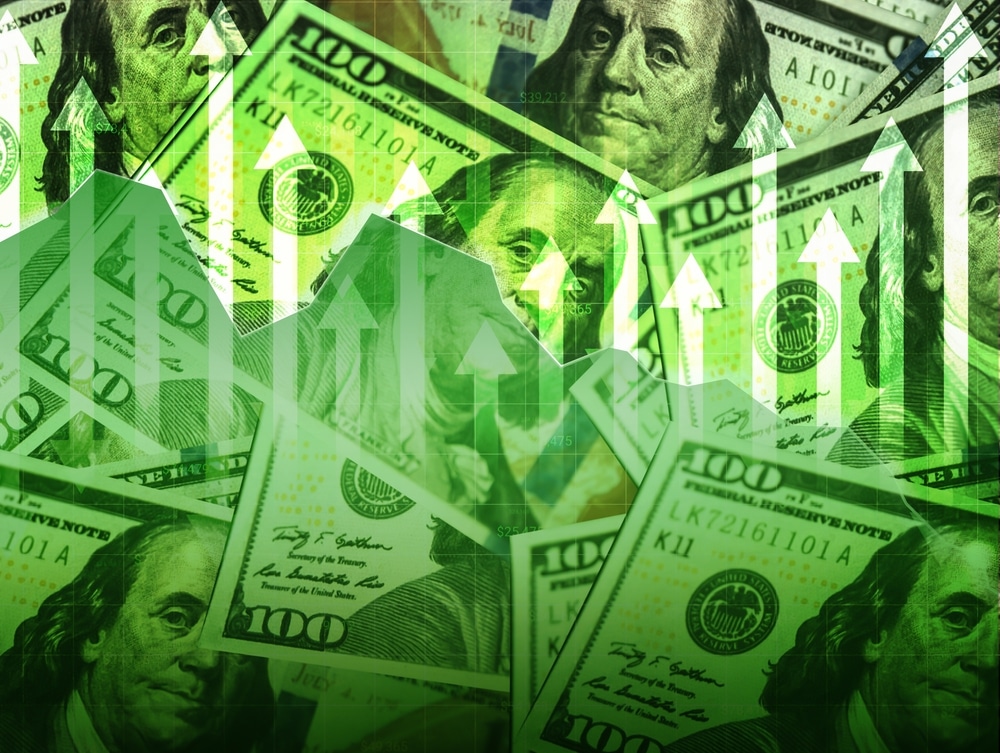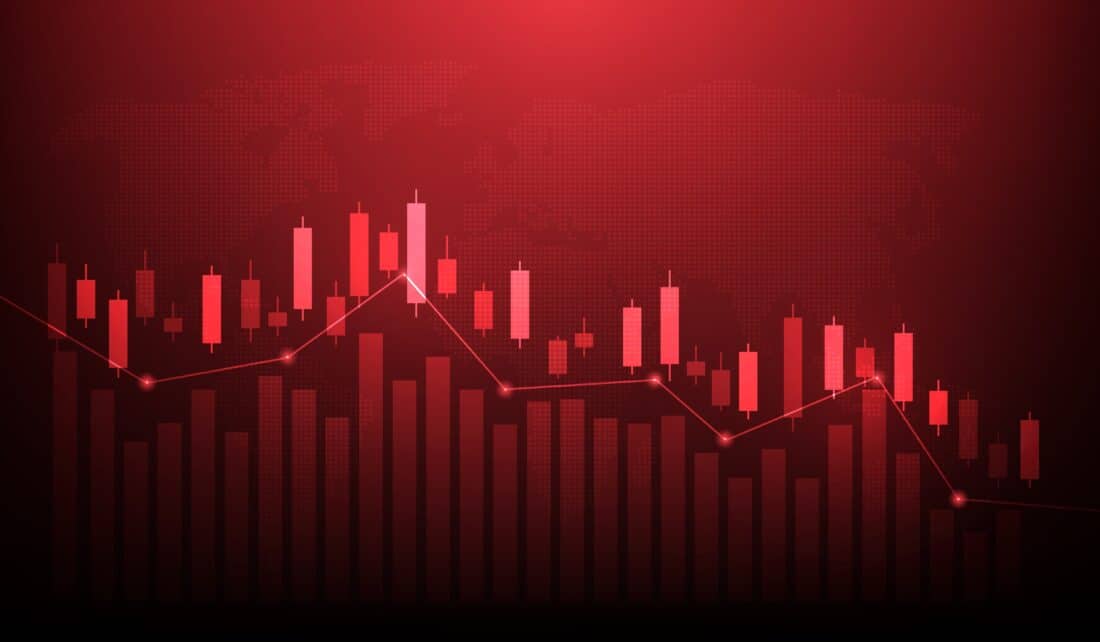
Corporate Buybacks: The Insider Cash Grab Disguised as "Shareholder Value"
Corporate buybacks have become the darling of Wall Street, propped up by decades of government policies that allow insiders to manipulate markets under the guise of “returning capital to shareholders.” Make no mistake—these buybacks are little more than a tool for executives to inflate their compensation, while regular shareholders and the broader economy are left out in the cold. Yet, rather than curbing this practice, Washington has given it the green light, starting with the SEC's 1982 Rule 10b-18, which legalized buybacks as we know them. Since then, billions upon billions have been shoveled into buybacks, but who’s truly benefitting?
The Buyback Boom: By the Numbers
Corporations have spent over $11 trillion on buybacks since 2003, and these numbers only continue to climb. For instance:
- 2021: $881 billion
- 2023: $795 billion
- 2024 (Projected): Expected to blow past $988 billion
The 1% excise tax on buybacks in 2023 barely put a dent in this trend, signaling that companies prioritize stock-price manipulation over meaningful investments in their own growth, workforce, or innovation. Giants like Apple and Meta continue funneling billions into buybacks rather than channeling those resources into their businesses or people. Why? Because buybacks keep stock prices high, padding executive bonuses and satisfying Wall Street’s insatiable demand for quarterly performance—even at the expense of the long-term health of the company.
The Real Market Impact
If you believe buybacks are a harmless way for companies to return money to shareholders, it’s time to take a closer look. Since 2000, corporate buybacks have been the driving force behind net equity purchases, outpacing pensions, mutual funds, and individual investors:
- Pensions & Mutual Funds: –$2.7 trillion
- Households & Foreign Investors: +$2.4 trillion
- Corporations (Buybacks): +$5.5 trillion
Despite Wall Street’s reassurances, evidence shows buybacks directly inflate stock prices, especially since 2012, when they became a go-to strategy for corporations. But here’s the rub: while buybacks support share prices temporarily, they do so by diverting funds away from long-term investments—into capital projects, new technologies, or wage growth—ultimately creating a hollow economy propped up by manipulated stock metrics. It’s financial sleight of hand, and executives know exactly how to play it.
Buybacks: An Insider’s Goldmine
The biggest winners in the buyback game aren’t ordinary shareholders—they’re the insiders. Executives often time their stock sales with buyback periods to cash in when the stock price is inflated. Here’s how the cycle works:
- Strategically Timed Sales: Insiders know when buybacks are coming and time their sales accordingly, maximizing profits without drawing scrutiny.
- Artificially Boosting EPS: Buybacks reduce the number of outstanding shares, inflating Earnings Per Share (EPS) without an ounce of real growth. Since many executive bonuses are tied to EPS, buybacks serve as a shortcut to unlock those hefty bonuses.
- Offsetting Stock Option Dilution: Companies use buybacks to absorb shares issued through stock options and restricted stock units (RSUs), which would otherwise dilute stock value. In short, it’s a clever way to keep stock prices high and insiders happy.
Ordinary shareholders, on the other hand, see little unless they cash out precisely during the buyback periods—a strategy most long-term investors can’t, or won’t, follow. By labeling buybacks as a “return of capital,” companies are spinning a narrative. Unlike dividends, which benefit all shareholders equally, buybacks only reward those who sell their shares—namely, insiders and short-term traders. In the end, buybacks:
- Prioritize short-term stock price gains at the expense of long-term growth.
- Signal that companies see little value in reinvesting in themselves.
- Directly benefit executives and insiders, whose compensation is often tied to manipulated stock metrics.
A recent SEC study confirms the troubling trend: corporate insiders regularly sell significant amounts of stock following buyback announcements. The conclusion? Buybacks are built to enrich those at the top, not the average shareholder.
Alternatives to Buybacks: Real Ways to Return Capital
If corporations are truly interested in benefiting shareholders, they should shift away from buybacks and adopt more transparent, equitable strategies:
- Tender Offers: A structured tender offer allows companies to buy back shares at a premium, giving all shareholders an equal opportunity to participate. This is far less open to manipulation.
- Dividends: Dividends provide direct income to all shareholders, particularly valuable for retirees and long-term investors. By prioritizing dividends, companies can encourage real growth rather than temporary stock price gains.
- Investment in Growth: Instead of squandering resources on buybacks, companies could reinvest in R&D, infrastructure, or employee wages. This approach builds sustainable value and strengthens the business, rather than merely juicing stock prices for insiders.
William Lazonick, in his influential work “Profits Without Prosperity,” shed light on how buybacks have diverted resources from productive investments into executive pockets. Between 2003 and 2012, S&P 500 companies devoted a staggering 54% of their earnings to buybacks and another 37% to dividends—leaving only scraps for business expansion, wages, or job creation. The result? Companies are left hollowed out, and the broader economy suffers as productive capital is siphoned off.
The Bottom Line
Corporate buybacks aren’t a “return of capital” to shareholders; they’re a sophisticated method of market manipulation designed to enrich executives and short-term traders. The trend underscores a dangerous shift in corporate priorities—from investing in genuine growth to using financial engineering to fatten executive paychecks.
If you want to protect yourself from these predatory tactics and safeguard your wealth, it’s time to take matters into your own hands. Download Bill Brocius’ essential guide, "7 Steps to Protect Your Account from Bank Failure", and get access to his exclusive Inner Circle newsletter for direct insights into navigating a volatile market. For a deeper dive, Bill’s book, The End of Banking As You Know It, is a must-read for anyone serious about financial independence.
Take control—because Wall Street and corporate executives certainly won’t do it for you.



